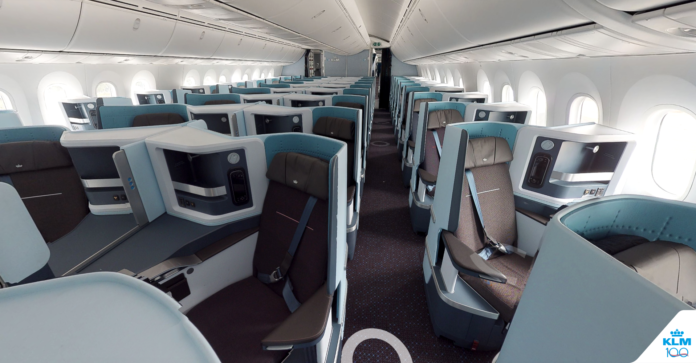Since traveling was the first activity to face restrictions after the coronavirus outbreak, the travel & tourism industry took a major hit. Many people canceled their tickets after the news broke and others faced problems traveling from one country to another.

Airlines since then have revised their cleaning protocols and have been working closely with major health agencies (like WHO) to ensure their passenger have the least chances of contracting the infection while on board.
New cleaning standards have been introduced and advanced measures are being taken. Here is how flights are being disinfected to prevent transmission of Corona Virus.

Sanitizing
The hard surfaces of flights are being sanitized which include tray tables, armrests, backseat pockets, window shades, etc. These surfaces are commonly touched by passengers. Surfaces like doorknobs and handrails are also being cleaned frequently, throughout the day.
HEPA Filters
High-Efficiency Particulate Air filters (HEPA filters) are being used to clean the air inside the aircraft. These filters remove around 99.7 percent airborne particles and are also used in hospitals.
Aircraft Fogging
High-quality disinfectants are being sprayed inside aircraft. It is being sprayed with the help of fog machines and stays on the surfaces it lands on. It is effective against communicable diseases and Corona Virus.
Other Precautions
The cabin crew of many airlines has been instructed to wear medical grade gloves, especially when interacting with passengers as they too are at high risk of contracting the infection.
Wet towels that were offered to business class and first-class travelers are not being offered for now. The cutlery that is used to serve in-flight meals is also being sanitized before being washed.










